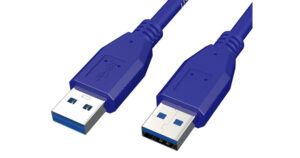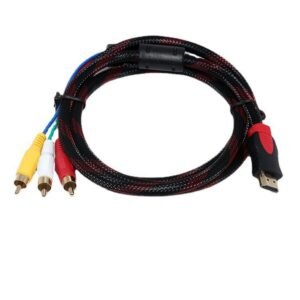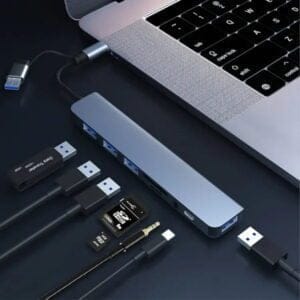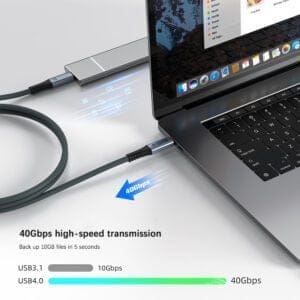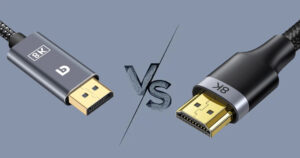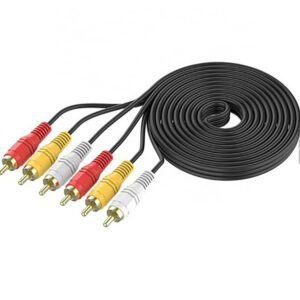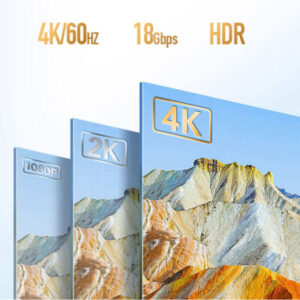
What Are the Three Types of HDMI Cables?
In today’s digital age, HDMI cables, as the key to connecting multimedia devices, are widely used in various scenarios. For many people, understanding the different types and functions of HDMI cables may still be confusing. Explore the three types of HDMI cables to help you choose the best one for your needs. For details, please refer to the following article. Introduction What is an HDMI Cable? HDMI cable (High-Definition Multimedia Interface) is a digital cable used to transmit high-quality audio and video signals between devices. Combining audio and video into a single cable simplifies connections for devices like TVs, Blu-ray players, game consoles, and computers.

